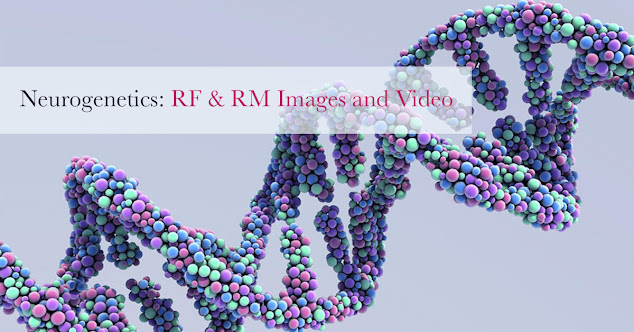Neurogenetics is the study of the nervous system as it pertains to genetics. Using phenotypes, or observable characteristics and traits, neurogenetics attempts to reach conclusions about individuals of one or more species on the basis of hereditary.
Seymour Benzer, considered by many as the father of neurogenetics, made his first discovery in the field of neurogenetics when he pinpointed a link between the circadian rhythm and genes. He found that animals go through cycles of sleeping and waking naturally and not by anything learned or developed. This led him to further investigations in the traits and behaviors of individuals as they relate to genetics. Benzer went on to make groundbreaking discoveries in neurodegeneration when he discovered similarities between fruit fly and human genes. This helped him isolate neurological diseases in humans.
Advances in molecular biology and the species-wide genome project have made it possible to map an individual's entire genome. While this information is key to understanding neurobiology, a comprehensive picture of an individual’s traits and behaviors can only be achieved by taking into account additional factors.
The classic debate of nature vs. nurture clarifies that one’s genes are not the only determinant of a given biological outcome. Science reveals that traits and behaviors are due to a confluence of many genes, as well as regulatory factors like neurotransmitter levels and one’s environmental influences.
New developments in genetic engineering are being used to alter genetic material to potentially negate or suppress the effects of genetically linked diseases. Innovations in technologies, such as CRISPR, allow genetic material to be added, removed, or altered at particular locations in the genome.
It is possible that one day genetic editing could be used to cure neurogenic diseases such as Alzheimer's disease and Parkinson's. Research on this front, however, is still ongoing.






No comments:
Post a Comment